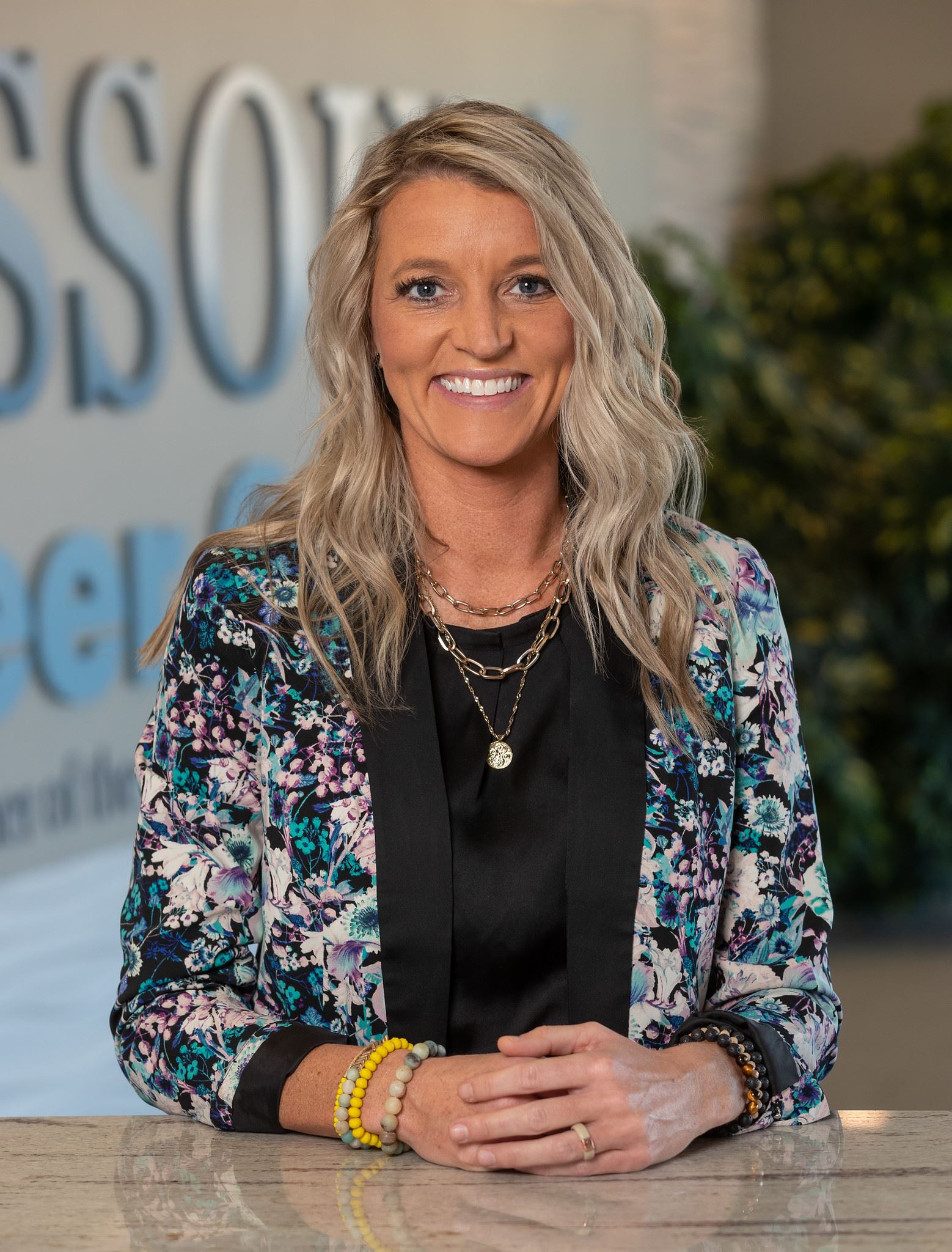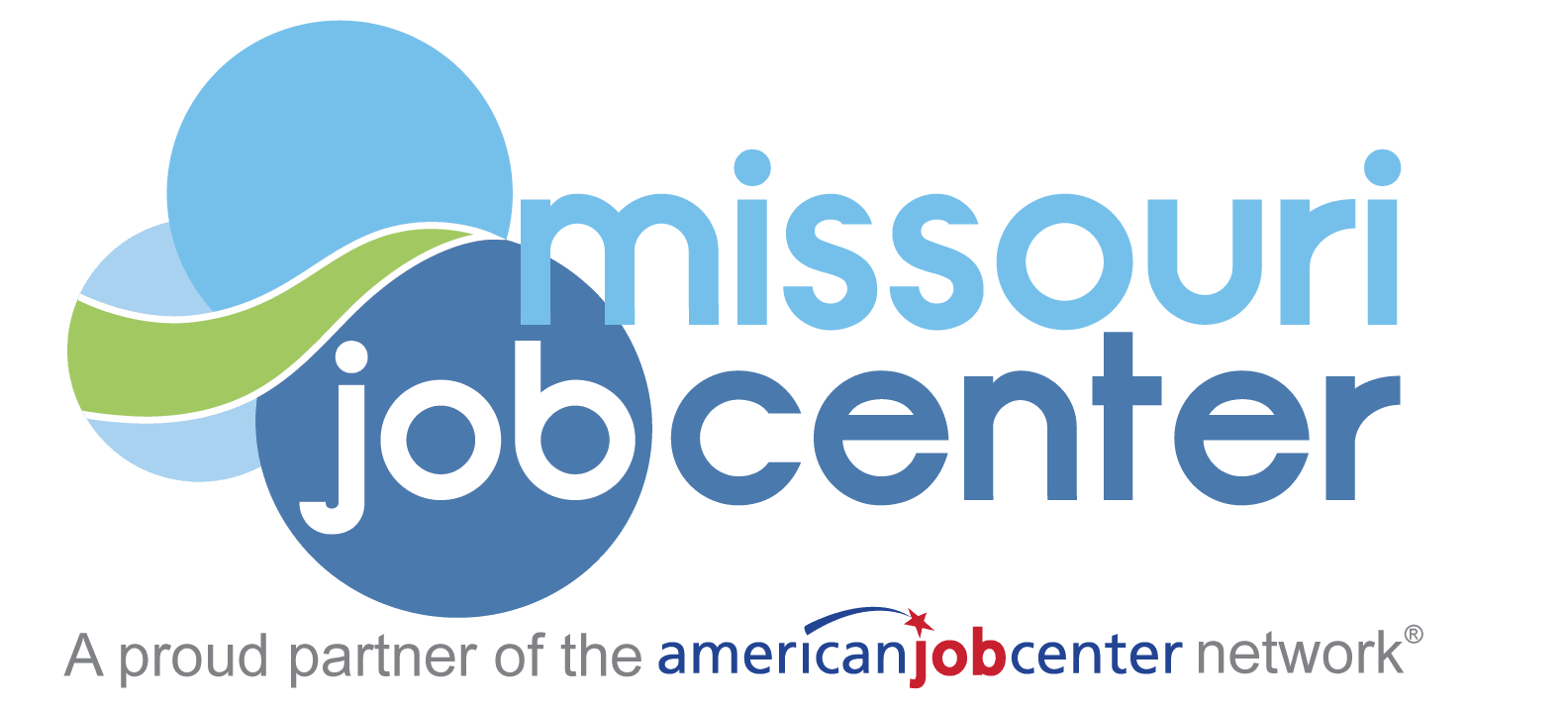Ozark Region
The Missouri Job Center Ozark Region offers a wide range of free services to individuals looking for employment. If you are new or reentering the workforce, thinking of changing careers, or have been displaced from your job, we have convenient sites to serve your needs including Job Centers in Springfield and Branson.
The Workforce Development Board was first established as the Workforce Investment Board (WIB) through the Workforce Investment Act of 1998 (WIA) to be the voice of business in the areas of education and training. In 2014, under the Workforce Innovation and Opportunity Act (WIOA), the board became the Workforce Development Board (WDB). The board strives to identify workforce, education, and training needs in the Ozark Region, which is comprised of the counties of Christian, Dallas, Greene, Polk, Stone, Taney, and Webster. Working through the Missouri Job Centers (Springfield and Branson), the board coordinates delivery of services to assist businesses and job seekers. It is a volunteer regional organization, one of 14 in Missouri.
The Workforce Development division of the Department of Workforce & Economic Vitality functions as the operator of the Missouri Job Center under the guidance of the Workforce Development Board and the Council of Local Elected Officials (CLEO). Operation of the Missouri Job Centers and WIOA programs are mandated by WIOA and funding is provided through the U.S. Department of Labor. No City of Springfield General Funds are utilized for this department. The City of Springfield’s Department of Finance serves as the fiscal agent, appointed by the CLEO, to manage grant funds.
Ozark Region Labor Market Overview
The Ozark Region of Missouri includes seven counties in the southwest, with major cities such as Springfield, Branson, Nixa, and Marshfield. The region employed over 276,900 workers in 2023, making up 9.3% of Missouri’s workforce, with an unemployment rate of 2.9%, slightly below the state average. The labor force is aging, with 22.4% of workers aged 55 or older, and educational attainment is slightly below the state average, with 37% holding an associate degree or higher. The region has a higher percentage of people with disabilities (12.6%) and a poverty rate of 14.8%, exceeding the state average.
Health care and social assistance is the region’s largest industry, employing over 46,800 people, followed by retail trade (32,400 jobs) and accommodation and food services (31,800 jobs). The manufacturing sector added over 2,200 jobs from 2019 to 2023, while educational services and administrative support saw job declines. Employment grew 4% from 2019 to 2023, with a 2.1% increase from 2022 to 2023. Industries with the highest employment concentrations include truck transportation, scenic sightseeing, and performing arts due to the region’s tourism and logistics industries.
Job demand is highest for retail sales, truck drivers, and healthcare roles such as registered nurses and nursing assistants. The fastest-growing industries through 2032 are projected to be hospitals, professional services, and warehousing. Employers report challenges in finding skilled workers, with on-the-job training being the most common solution. Online job postings indicate high demand for nurses, retail supervisors, and truck drivers, with future job growth expected in education, healthcare, and logistics.

Ozark Region Director
Ericka Schmeeckle
417.887.4343
1660 N. Campbell Ave., Springfield, MO 65803
Local Plan
Explore our comprehensive strategy to drive workforce development and economic growth in the Ozark Region.


